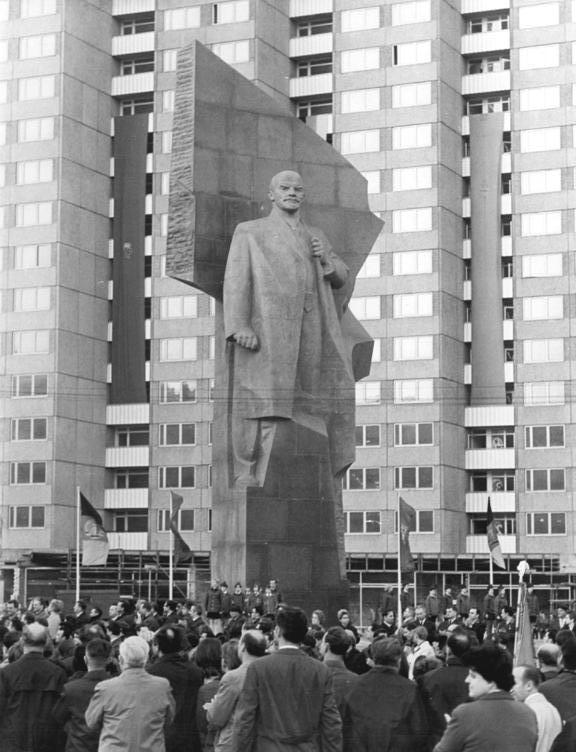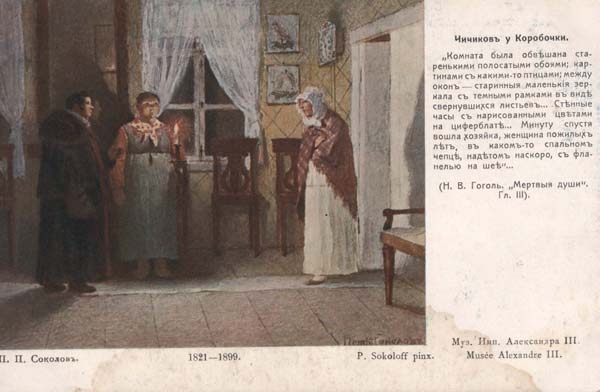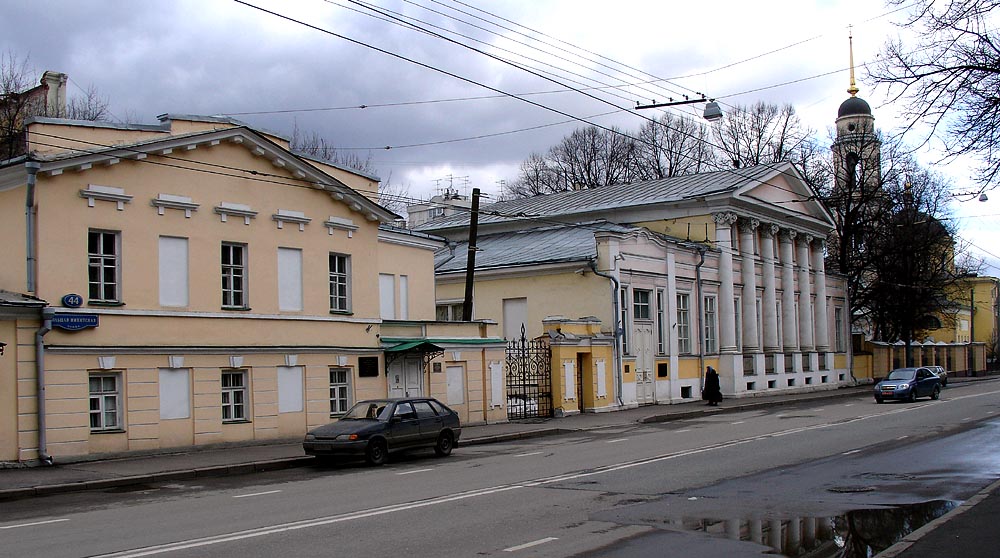|
Nikitsky Boulevard
Nikitsky Boulevard, ''Russian: Никитский бульвар'', is a boulevard in central Moscow, Russia. The boulevard is a part of the Boulevard Ring, connecting Arbat Square with Nikitskie Vorota square at the crossing with the Nikitsky Street. The actual green boulevard extends for only two thirds of the street; its southern part was razed in the 1960s to make way for a tunnel under the Arbat Square. In 1950 the street was renamed Suvorovskiy Boulevard, ''Russian: Суворовский Бульвар'' in honour of generalissimus Alexander Suvorov. The old street name was reinstated in 1994. The street is home to a monument of writer Nikolai Gogol, placed deep in the courtyard of an 18th-century Talyzin mansion where the author spent his last few years 1848-1852 and where he burned the manuscript of the second volume of the Dead Souls in a fit 'sent by the devil.' This monument by sculptor Nikolay Andreyev depicted Gogol in a state of depression and originally (from ... [...More Info...] [...Related Items...] OR: [Wikipedia] [Google] [Baidu] |
Generalissimus
''Generalissimo'' ( ) is a military rank of the highest degree, superior to field marshal and other five-star ranks in the states where they are used. Usage The word (), an Italian term, is the absolute superlative of ('general') thus meaning "the highest-ranking of all generals". The superlative suffix itself derives from Latin , meaning "utmost, to the highest grade". Similar cognates in other languages include in Spanish, in Portuguese, in French, and in Latin. Historically this rank was given to a military officer leading an entire army or the entire armed forces of a state, usually only subordinate to the sovereign. The military leader Albrecht von Wallenstein in 1632 was the first imperial generalissimo (general of the generals). Other usage of the rank has been for the commander of the united armies of several allied powers and if a senior military officer becomes the head of state or head of government of a nation like Chiang Kai-Shek in China and later ... [...More Info...] [...Related Items...] OR: [Wikipedia] [Google] [Baidu] |
Nikolai Tomsky
Nikolai Vasilyevich Tomsky (russian: Никола́й Васи́льевич То́мский b. , Ramushevo, Novgorod Governorate d. 22 November 1984 - Moscow) was a much-decorated Soviet sculptor, designer of many well-known ceremonial monuments of the Socialist Realism era. Biography Born in the village of Staro Ramushevo in Novgorod province, into a blacksmith's family, Tomsky studied in Leningrad. In 1927, graduated from the Arts and Crafts College. The sculptor first came to attention with his memorial to Sergey Kirov, a heroic bronze with friezes around the base, for which he won the 1941 Stalin Prize. Thereafter his career developed in an official direction; he would be eventually tasked to re-design Lenin's own sarcophagus, produce Stalin's bust at Stalin's grave, and produce at least five major statues of Lenin throughout the Soviet Union. His distinctive red-granite Lenin stood in the Leninplatz of East Berlin from 1970 to 1992. Tomsky became a full member of t ... [...More Info...] [...Related Items...] OR: [Wikipedia] [Google] [Baidu] |
Gogolevsky Boulevard
Gogolevsky Boulevard (russian: Гоголевский бульвар) is a boulevard near the Arbat District, Moscow, Russia, named after the writer Nikolai Gogol. It was named Prechistensky Boulevard (russian: Пречи́стенский бульвар) until 1924, after the nearby street Prechistenka. The boulevard begins next to the Cathedral of Christ the Saviour, and is the beginning of the Boulevard Ring. The boulevard runs north-east and ends at the Arbat Square, from where it continues as Nikitsky Boulevard Nikitsky Boulevard, ''Russian: Никитский бульвар'', is a boulevard in central Moscow, Russia. The boulevard is a part of the Boulevard Ring, connecting Arbat Square with Nikitskie Vorota square at the crossing with the Nikitsky .... Boulevards in Moscow Cultural heritage monuments of regional significance in Moscow {{Moscow-geo-stub ... [...More Info...] [...Related Items...] OR: [Wikipedia] [Google] [Baidu] |
Nikolay Andreyev
Nikolay Andreyevich Andreyev (russian: Николай Андреевич Андреев; – 24 December 1932) was a Russian sculptor, graphic artist and stage designer. As a young man Andreyev studied with Sergey Volnukhin and in 1902 became associated with the Peredvizhniki group of realists. Andreyev's brother V.A. Andreyev was also a sculptor. A native of Moscow, Andreyev was the designer of two Moscow statues known for their removal. One is the seated bronze figure of Gogol, with bronze friezes of Gogol's greatest characters surrounding the base, finished in 1909 and placed on Gogol Boulevard. Criticized for its impressionistic style and dark mood, said to be hated by Stalin himself, it was moved in 1952 amid controversy, and replaced with a straightforward Soviet-style representation of Gogol by sculptor Nikolai Tomsky. Similarly Andreyev's figure of "Freedom" (loosely, the "Statue of Liberty") was erected with a 26-meter obelisk in Tverskaya Street in 1919, to commemo ... [...More Info...] [...Related Items...] OR: [Wikipedia] [Google] [Baidu] |
Dead Souls
''Dead Souls'' (russian: «Мёртвые души», ''Mjórtvyje dúshi'') is a novel by Nikolai Gogol, first published in 1842, and widely regarded as an exemplar of 19th-century Russian literature. The novel chronicles the travels and adventures of Pavel Ivanovich Chichikov (Russian: Павел Иванович Чичиков) and the people whom he encounters. These people typify the Russian middle aristocracy of the time. Gogol himself saw his work as an "epic poem in prose", and within the book characterised it as a " novel in verse". Gogol intended the novel to be the first part of a three-volume work, but burned the manuscript of the second part shortly before his death. Although the novel ends in mid-sentence (like Sterne's ''Sentimental Journey''), it is regarded by some as complete in the extant form. Title The original title, as shown on the illustration (cover page), was "The Wanderings of Chichikov, or Dead Souls. ''Poema''", which contracted to merely "Dead ... [...More Info...] [...Related Items...] OR: [Wikipedia] [Google] [Baidu] |
Nikolai Gogol
Nikolai Vasilyevich Gogol; uk, link=no, Мико́ла Васи́льович Го́голь, translit=Mykola Vasyliovych Hohol; (russian: Яновский; uk, Яновський, translit=Yanovskyi) ( – ) was a Russian novelist, short story writer and playwright of Ukrainian origin. Gogol was one of the first to use the technique of the grotesque, in works such as " The Nose", " Viy", "The Overcoat", and "Nevsky Prospekt". These stories, and others such as " Diary of a Madman", have also been noted for their proto-surrealist qualities. According to Viktor Shklovsky, Gogol's strange style of writing resembles the "ostranenie" technique of defamiliarization. His early works, such as ''Evenings on a Farm Near Dikanka'', were influenced by his Ukrainian upbringing, Ukrainian culture and folklore. His later writing satirised political corruption in the Russian Empire (''The Government Inspector'', '' Dead Souls''). The novel ''Taras Bulba'' (1835), the play ''Marriage ... [...More Info...] [...Related Items...] OR: [Wikipedia] [Google] [Baidu] |
Alexander Suvorov
Alexander Vasilyevich Suvorov (russian: Алекса́ндр Васи́льевич Суво́ров, Aleksándr Vasíl'yevich Suvórov; or 1730) was a Russian general in service of the Russian Empire. He was Count of Rymnik, Count of the Holy Roman Empire, Prince of the Kingdom of Sardinia, Prince of the Russian Empire and the last Generalissimo of the Russian Empire. Suvorov is considered one of the greatest military commanders in Russian history and one of the great generals of the early modern period. He was awarded numerous medals, titles, and honors by Russia, as well as by other countries. Suvorov secured Russia's expanded borders and renewed military prestige and left a legacy of theories on warfare. He was the author of several military manuals, the most famous being ''The Science of Victory'', and was noted for several of his sayings. He never lost a single battle he commanded. Several military academies, monuments, villages, museums, and orders in Russia are dedicate ... [...More Info...] [...Related Items...] OR: [Wikipedia] [Google] [Baidu] |
Nikitsky Street
Bolshaya Nikitskaya Street (russian: Большая Никитская улица, ''Nikitskaya Ulitsa'') is a radial street that runs west from Mokhovaya Street to Garden Ring in Moscow, between Vozdvizhenka Street (south) and Tverskaya Street (north). Central, eastern part of the street is notable for its educational institutions (old Moscow State University and Moscow Conservatory) and theaters, western part beyond the Boulevard Ring has many Neoclassical mansions and competes with nearby Povarskaya Street for the title of Moscow's Embassy Row. History The street originated in the Middle Ages as a thoroughfare leading to Volokolamsk and Novgorod and was known as ''Volotskaya Street'' (eastern half) and ''Novgorodskaya Street'' (western half); a colony of Novgorod traders existed in present-day Bryusov Lane till the 18th century. In the 16th century, Ivan IV of Russia established his Oprichnina Court on site of present-day University buildings. ''Nikitskaya'' name goes ... [...More Info...] [...Related Items...] OR: [Wikipedia] [Google] [Baidu] |
Russian Language
Russian (russian: русский язык, russkij jazyk, link=no, ) is an East Slavic languages, East Slavic language mainly spoken in Russia. It is the First language, native language of the Russians, and belongs to the Indo-European languages, Indo-European language family. It is one of four living East Slavic languages, and is also a part of the larger Balto-Slavic languages. Besides Russia itself, Russian is an official language in Belarus, Kazakhstan, and Kyrgyzstan, and is used widely as a lingua franca throughout Ukraine, the Caucasus, Central Asia, and to some extent in the Baltic states. It was the De facto#National languages, ''de facto'' language of the former Soviet Union,1977 Soviet Constitution, Constitution and Fundamental Law of the Union of Soviet Socialist Republics, 1977: Section II, Chapter 6, Article 36 and continues to be used in public life with varying proficiency in all of the post-Soviet states. Russian has over 258 million total speakers worldwide. ... [...More Info...] [...Related Items...] OR: [Wikipedia] [Google] [Baidu] |
Arbat Square
Arbatskaya Square or Arbat Square () is one of the oldest squares of Moscow, located on the junction of Gogolevsky Boulevard, Znamenka Street and Arbat Gates Square (in 1925–1993 – part of Arbatskaya Square). The square is home to the Arbatskaya metro station, on Filyovskaya Line. Present-day square is dominated by the wide avenue of New Arbat, however, prior to redevelopment of the 1960s, the square was located south from this avenue, on the line of Arbat Street and the vestibule of Arbatskaya subway station. Arbat Gates of Bely Gorod were located here; the wall of Bely Gorod was demolished in the 1750s-1770s, the tower in 1792, creating the original Arbat Gates Square. There was no straight connection between Vozdvizhenka and Arbat: westbound coaches had to make a sharp turn south into Nikitsky Boulevard, past a corner block on this boulevard, then make a turn west into either Arbat, Povarskaya Street, Bolshaya Molchanovka, Malaya Molchanovka or Merzlyakovsky Lane. All t ... [...More Info...] [...Related Items...] OR: [Wikipedia] [Google] [Baidu] |
.jpg)



.jpg)

